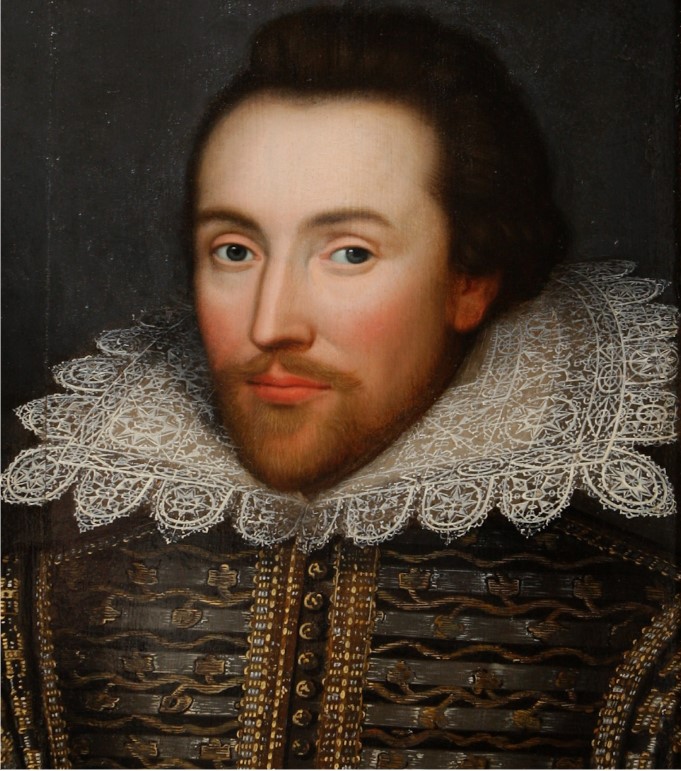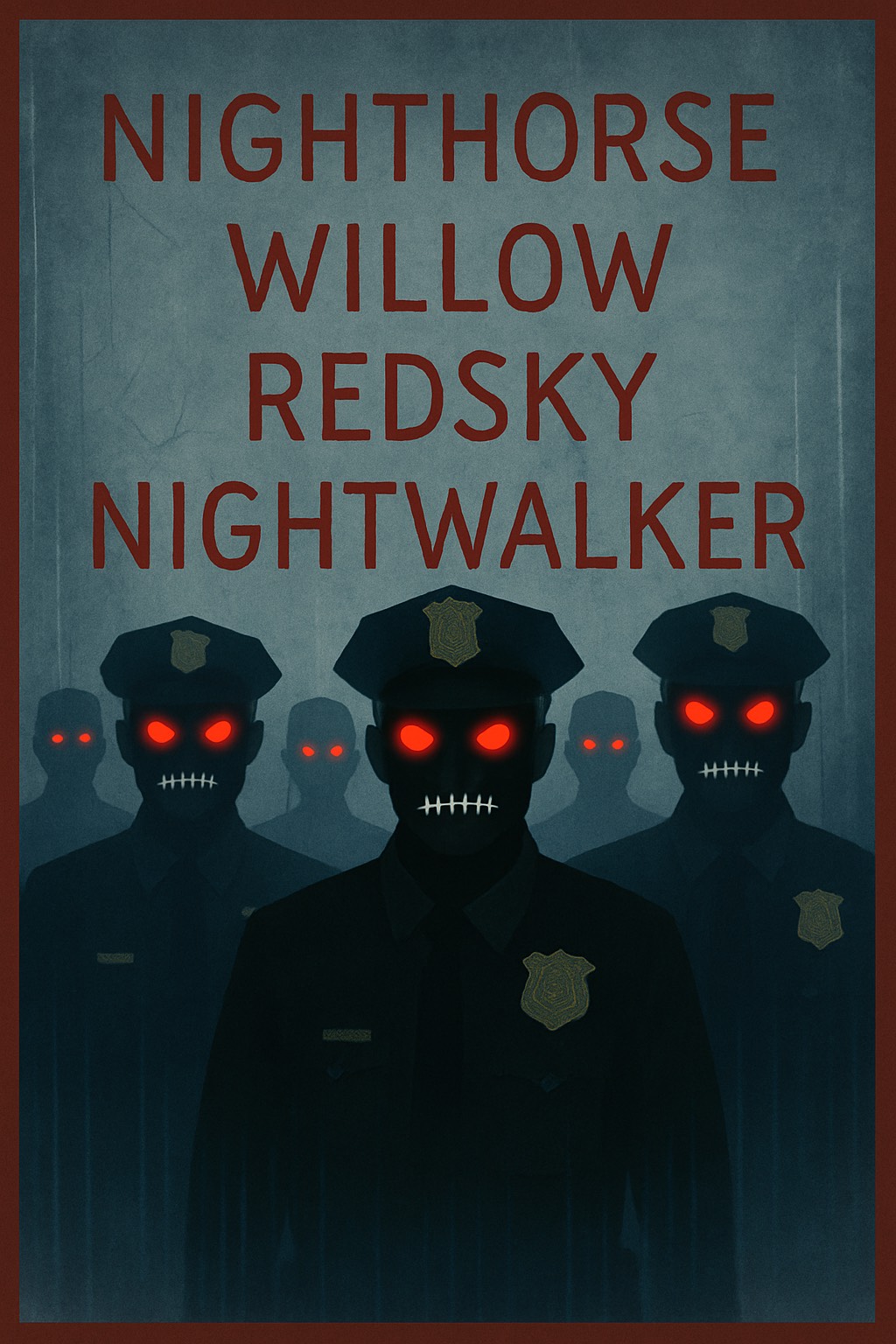Poetry
HIGH FLIGHT

BY JOHN GILLESPIE MAGEE JR.
(June 9, 1922~ Dec.11, 1941 Age 19)
HIGH FLIGHT
Oh! I have slipped the surly bonds of Earth
And danced the skies on laughter-silvered wings;
Sunward I’ve climbed, and joined the tumbling mirth
of sun-split clouds, —and done a hundred things
.
You have not dreamed of—wheeled and soared and swung
High in the sunlit silence. Hov’ring there,
I’ve chased the shouting wind along, and flung
My eager craft through footless halls of air ….
.
Up, up the long, delirious, burning blue
I’ve topped the wind-swept heights with easy grace
Where never lark nor ever eagle flew—
And, while with silent lifting mind I’ve trod
The high untrespassed sanctity of space,
Put out my hand, and touched the face of God.
“High Flight” is a sonnet written by John Gillespie Magee Jr. This poem is inspired by his experiences as a fighter pilot of the Royal Canadian Air Force in World War II. The poem beautifully captures the exhilaration and freedom of flight, expressing the author’s joy and awe at soaring through the skies. Magee began writing the poem on 18 August 1941, while stationed at No. 53 OUT outside London, and mailed a completed manuscript to his family on 3 September, three months before he died in a training accident.
Poetry, in general, is a form of literary expression that uses rhythmic language, imagery, and symbolism to evoke emotions and convey ideas. It often explores themes of love, nature, human experience, and the mysteries of life. Poetry can take many forms, from structured and traditional forms like sonnets and sijo to free verse, which allows for more flexibility in structure and rhythm.
“High Flight” is an excellent example of how poetry can encapsulate powerful emotions and experiences in a concise and impactful manner. Through vivid imagery and rhythmic language, Magee portrays the transcendent experience of flight, inviting readers to share in the wonder of soaring through the skies.
While piloting a Spitfire Mk I, Magee reached 33,000 feet (10,000 m) during a training flight over Wales sometime in August 1941. He was impressed by the speed and agility of the aircraft, and moved by the experience of flying at that altitude. He wrote to his parents that he completed the poem soon after finishing training that day.
Magee enclosed the poem in a letter to his parents, dated 3 September 1941. His father, then curate of Saint John’s Episcopal Church in Washington, DC, reprinted it in church publications. The poem became more widely known through the efforts of Archibald MacLeish, then Librarian of Congress, who included it in an exhibition of poems called “Faith and Freedom” at the Library of Congress in February 1942. The manuscript copy of the poem remains at the Library of Congress.

Magee’s manuscript of “High Flight”, mailed to his parents on 3 September 1941

Supermarine Spitfire like the one flown by John Magee

“High Flight” is inscribed in full on the back of the Space Shuttle Challenger Memorial at Arlington National Cemetery.
John Gillespie Magee Jr. was born in Shanghai, China, to an American father and a British mother, who both worked as Anglican missionaries. His father, John Magee Sr., came from a family of wealth and influence in Pittsburgh, Pennsylvania. Magee Senior chose to become an Episcopal priest and was then sent as a missionary to China. While there, he met his future wife, Faith Emmeline Backhouse, who hailed from Helmingham in Suffolk and was a member of the Church Missionary Society. Magee’s parents married in 1921, and their first child, John Junior, was born on June 9, 1922, making him the eldest of four brothers.
Magee Jr. began his education in Nanking and later moved to England, attending St Clare preparatory school and then Rugby School. At Rugby, he developed a passion for poetry and won the school’s Poetry Prize in 1938. Magee was inspired by the Roll of Honour at his school, which listed students who died in WWI, including poet Rupert Brooke. Magee’s prize-winning poem was about Brooke’s burial on a Greek island in 1915.
In 1939, Magee visited the United States and spent time with relatives in Pittsburgh. With the outbreak of World War II, he was unable to return to Rugby for his final year and instead attended Avon Old Farms School in Connecticut. Despite being offered a scholarship to Yale University, Magee decided to join the Royal Canadian Air Force (RCAF) to become a pilot to help protect his friends in Britain.
After completing flight training, Magee was posted to the United Kingdom and assigned to No. 412 Squadron, RCAF. On November 8, 1941, he participated in a sortie over Occupied France, escorting bombers attacking railway workshops at Lille. Sadly, on December 11, 1941, Magee was killed in a mid-air collision while practicing air fighting tactics. He was buried in the graveyard of Holy Cross Church in Scopwick, Lincolnshire, England and his gravestone bears lines from his famous poem “High Flight.” Magee’s legacy lives on through his poetry, particularly his renowned work “High Flight,” which continues to inspire aviators and poets alike.

Magee’s grave Pilot officer J.G.Magee
Royal Canadian Air Force 11th Dec. 1941 Age 19
*I appreciate Bill Simpson for introducing me to this poem. Photos and data can be found on Wikipedia.
written by HeeSun
HeeSun is a poet and storybook writer who belongs to the University in the Community. She brings hope to people and brightens the world with beautiful poems, songs, and stories. She is a member of the Pen International





